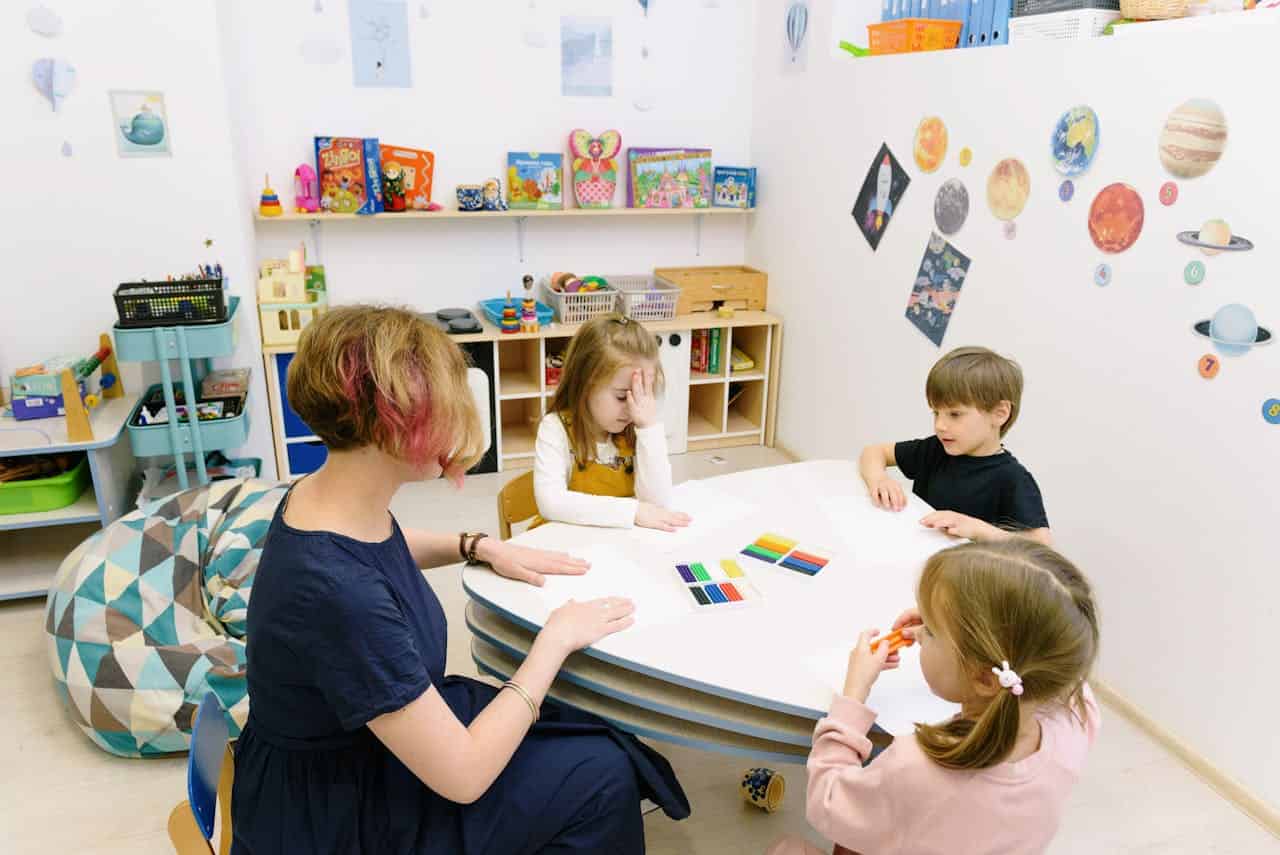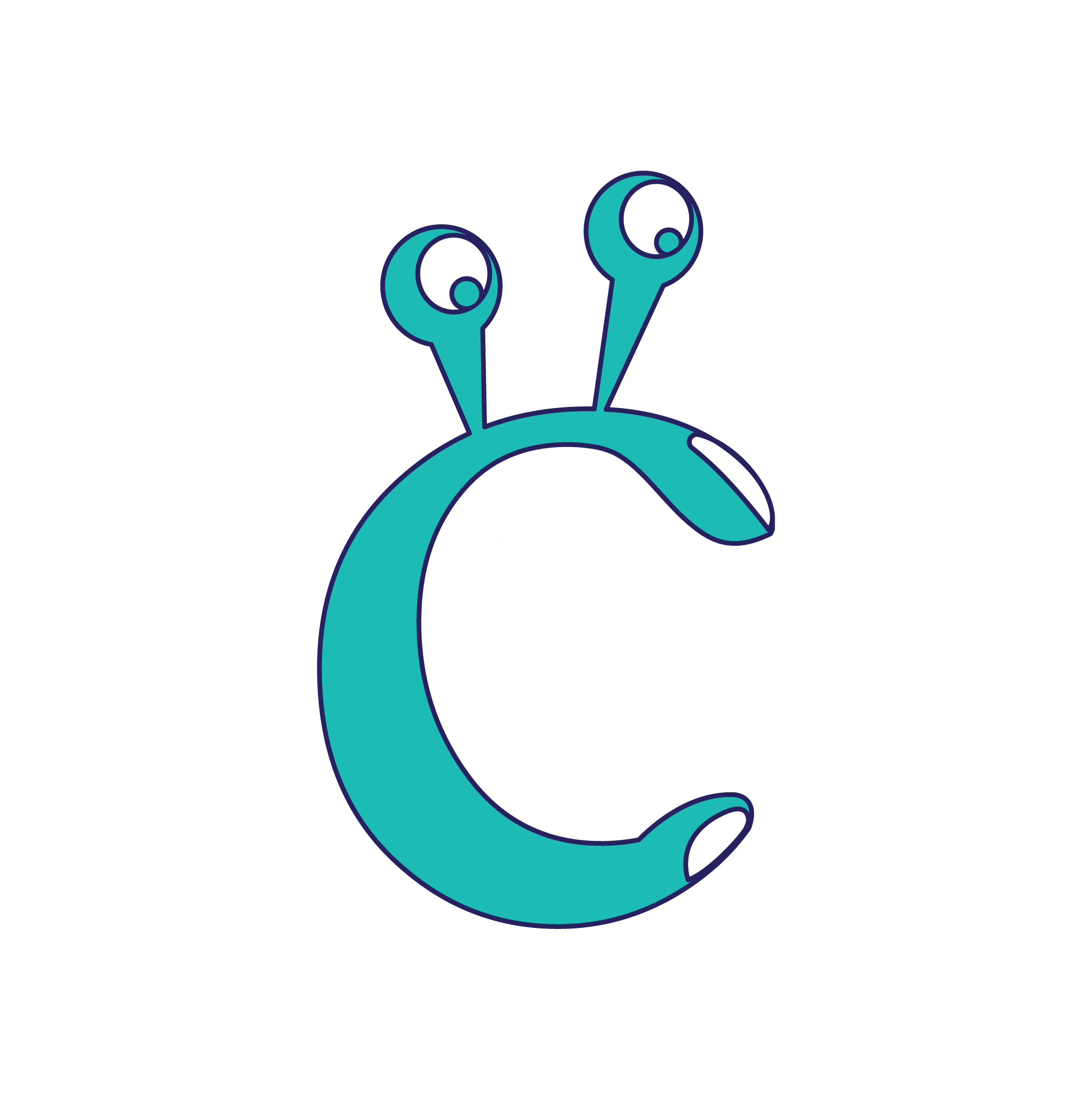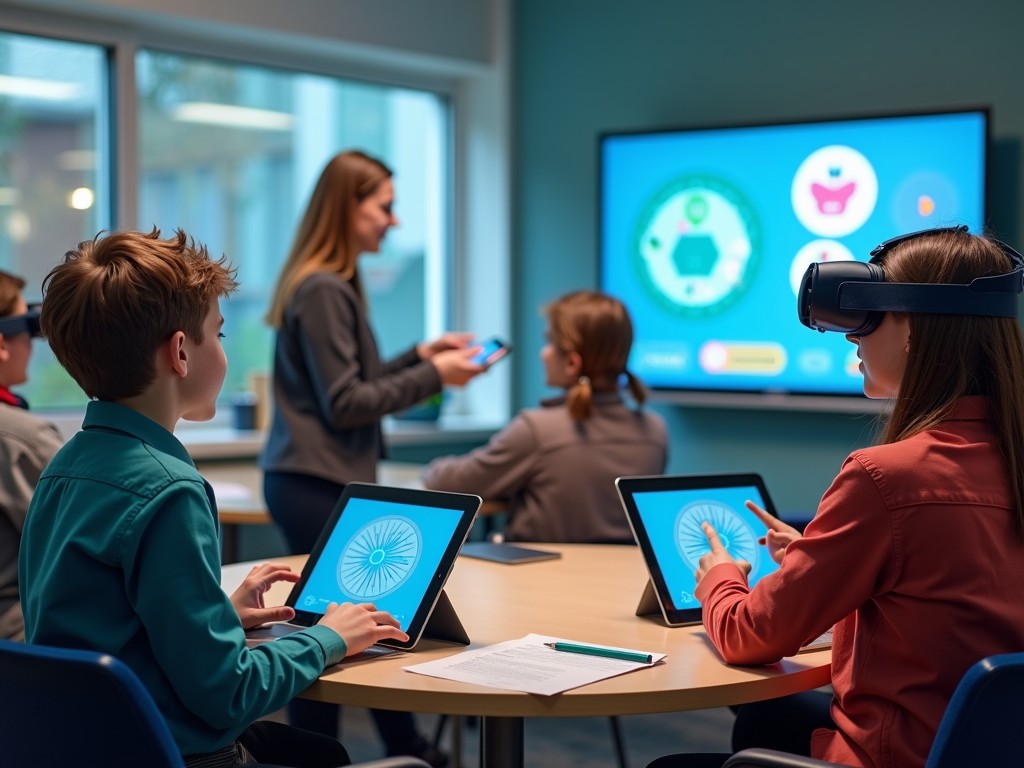
AI-Driven Gamification: Redefining Learning Experiences for Deaf Students
- Posted by Cicada Sign
- Categories Blog
- Date December 13, 2024
- Comments 0 comment
Technology has always been a driving force in shaping the future of education. Today, with the integration of Artificial Intelligence (AI) and gamification, learning is transforming into an engaging and personalized journey for students worldwide. For Deaf and Hard-of-Hearing (HoH) students, these advancements are creating accessible, tailored learning experiences like never before.
In this blog post, we explore how AI-driven gamification is breaking barriers in education, revolutionizing learning for Deaf students by combining accessibility, interactivity, and motivation.
Gamification in Education: What It Means
Gamification involves integrating game-like elements—such as points, challenges, rewards, and levels—into educational tools to make learning more interactive and fun. By engaging students in a dynamic way, gamification improves motivation, retention, and skill development. But for Deaf students, traditional gamified tools often fail to address accessibility needs.
This is where AI steps in, personalizing and enhancing gamified learning experiences specifically for the Deaf community.
How AI Revolutionizes Gamification for Deaf Learners
-
Personalized Learning Paths
AI algorithms analyze a student’s learning style, pace, and progress to dynamically adapt game content. For Deaf learners, this includes providing real-time visual aids, sign language integrations, or captioned instructions to make complex concepts easier to understand. -
Sign Language Integration
AI-powered tools like sign language avatars or gesture recognition systems help incorporate signed instructions and feedback into gamified platforms, creating a seamless learning experience for Deaf users. -
Immersive Visual Storytelling
Games driven by AI often use immersive visual storytelling, an approach that aligns perfectly with the visual learning preferences of Deaf students. Interactive animations and graphic-rich content engage students in ways traditional teaching methods cannot. -
Collaboration Through Multimodal Communication
AI-powered multiplayer games designed for Deaf and hearing students promote inclusion by supporting multimodal communication. Features like real-time captioning, visual cues, and interactive dashboards foster collaboration and bridge communication gaps.
Current Tools and Innovations in AI-Driven Gamified Education
-
Kahoot!
A popular game-based learning platform that integrates AI to analyze student performance and tailor quizzes. For Deaf students, tools like captioning or external sign language resources can make the experience more accessible. -
Lingvano
Although primarily a sign language learning app, Lingvano integrates interactive gamified lessons for teaching ASL, combining AI-driven adaptability with visual learning methods. -
MEL Science VR
For subjects like chemistry, VR-based gamified tools allow Deaf students to explore immersive virtual labs, where AI guides learners through hands-on experiments via visual prompts and interactive simulations. -
Duolingo’s AI-Driven Accessibility Features
Known for gamifying language learning, Duolingo uses AI to adapt lessons. Its visuals, cues, and growing accessibility features can inspire future gamified platforms targeting Deaf education.
Why Gamification Matters for Deaf Students
- Engagement Beyond the Classroom: Games offer a fun, stress-free way to reinforce learning outside traditional settings.
- Visual-Centric Learning: Gamification’s reliance on graphics, animations, and interactive elements aligns perfectly with Deaf learners’ visual strengths.
- Accessible Learning for All Ages: Whether for young learners or adult education, AI-driven gamified tools cater to diverse needs and skill levels.
Looking Ahead: The Future of AI and Gamified Education
As AI and gamification continue to evolve, the possibilities for Deaf education are endless. Imagine immersive virtual reality games where students practice sign language in real-world scenarios, or AI-driven tutors that provide feedback through interactive visuals and gestures.
The future lies in creating platforms that not only cater to accessibility needs but also celebrate the strengths and unique perspectives of Deaf learners. By fostering collaboration between technologists, educators, and the Deaf community, we can ensure these tools genuinely transform education for all.
Cicada Sign’s Perspective
At Cicada Sign, we are committed to exploring and showcasing technologies that empower the Deaf community. By highlighting innovations like AI-driven gamification, we aim to inspire educators, developers, and learners alike to embrace inclusive practices. Together, we can build a world where education is not just accessible, but exciting for every student.
AI-driven gamification is more than a technological trend—it’s a gateway to inclusive, engaging, and effective education for Deaf students. By combining the fun of gaming with the power of AI, these tools are reshaping learning experiences and unlocking potential in ways we’ve only just begun to explore.





